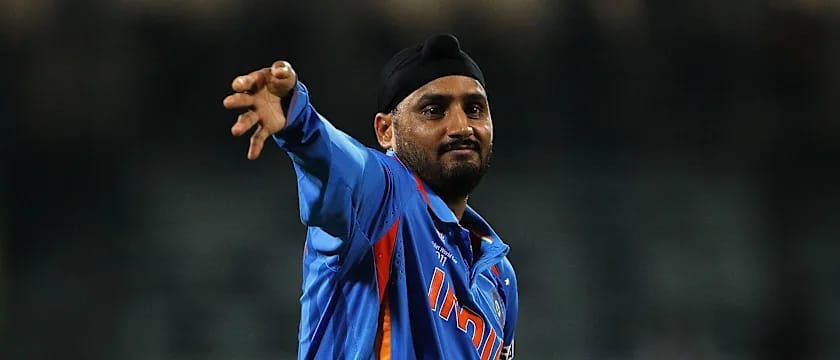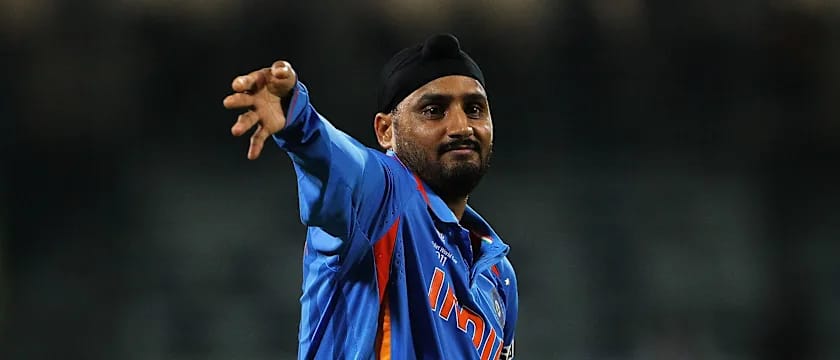
PC- BCCI
Mohinder Amarnath’s red handkerchief fluttering from his back pocket during the 1983 World Cup remains, for me, one of cricket’s most endearing sights – a mix of superstition, swagger, and pure individuality. Every time Jimmy adjusted that crimson talisman, it felt as though the hopes of a billion hearts were knotted into its folds. That small flash of colour told you everything about Indian cricket’s soul – passionate, personal, and gloriously unpredictable.
Cricket in India has never been a sterile sport. It’s a theatre of quirks, rituals, and cult habits – each one more fascinating than the last. First, the eccentrics who turned superstition into art. Murali Kartik’s sleeve-tugging and whispering to himself before every delivery could have been mistaken for avant-garde theatre. Ramesh Powar, with his expressive gestures, and wry humour, looked more like a college lecturer than a cricketer, until he tossed up an off-break that made the ball talk. Narendra Hirwani, the bespectacled magician once spun West Indies into a dizzy collapse with 16 wickets on debut and celebrated like a man possessed – a geek with the guile of a street fighter. And Dilip Doshi, ever immaculate in his whites and mannerisms, bowled left-arm spin with the elegance of an artist and the stubbornness of a philosopher who refused to rush time itself.
Virender Sehwag, meanwhile, was cricket’s rock star-philosopher. He faced fast bowlers humming Kishore Kumar tunes, because rhythm, not fear, fuelled him. Harbhajan Singh brought emotion to spin – kissing fingers, roaring at batsmen, and turning wickets into Punjabi theatre. And Rishabh Pant turned stump microphones into his own talk show, urging Ashwin to “tight daal na” and greeting bowlers like a host at a wedding.
But no collection of quirks is complete without the fans. If Mohinder’s handkerchief symbolised faith, Sudhir Gautam embodied devotion. Body painted in the tricolour with Sachin’s name on his chest and a conch shell in hand, Sudhir transformed fandom into a spiritual calling. He had no sponsors, no access passes – just pure, unfiltered love.
This symphony of oddities – the red handkerchief, the sword twirl, the singing opener, the bespectacled spinners – is what gives Indian cricket its character. The game’s quirks aren’t sideshows; they are the story. They remind us that greatness isn’t only about averages and strike-rates. It’s about the small, human details that make the sport breathe.
Other sports have their characters – Dennis Rodman’s technicolour hair in basketball, Rafael Nadal’s obsessive bottle placement in tennis, Zlatan Ibrahimović’s self-referential swagger in football. But nowhere else does eccentricity become a collective festival the way it does in India. Our stadiums amplify every quirk into folklore. When Jadeja twirls his bat, 40,000 people twirl invisible swords with him. When Sehwag hums, the nation hums along.
When Amarnath donned that red handkerchief that day at Lords, he was scripting the first line of a story that would celebrate imperfection forever. From his father Lala’s fiery temper to Doshi’s quiet defiance, from Powar’s professorial spin to Pant’s gleeful chatter, and from Sudhir’s painted torso to the tricolour drums in the stands, Indian cricket continues to revel in its glorious madness.
Follow RevSportz for latest sports news





